10 Russian cottage cheese desserts you should try
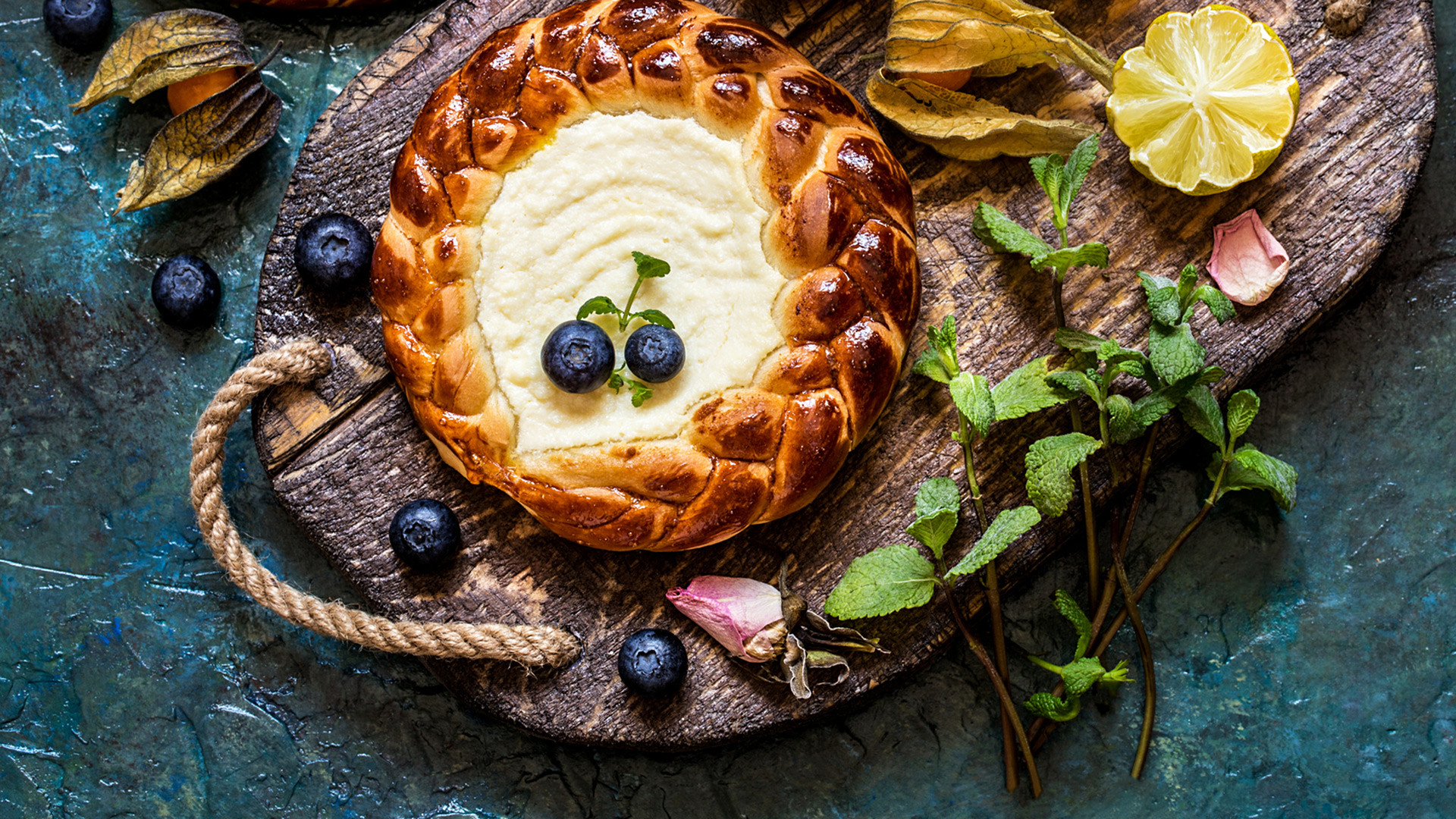
Vatrushka
Legion Media1. Zapekanka (Cottage cheese pudding)

This dessert has been eagerly gobbled down by several generations of Russian children at home and school, even if they don’t particularly like calcium-rich tvorog (cottage cheese). The secret lies in the raisins or dried apricots, which can be added to the curd before baking in the oven. The pudding is made even more appetizing if dripped with sour cream or jam before serving.
Read more: Why do Russians obsess over tvorog?
2. Paskha
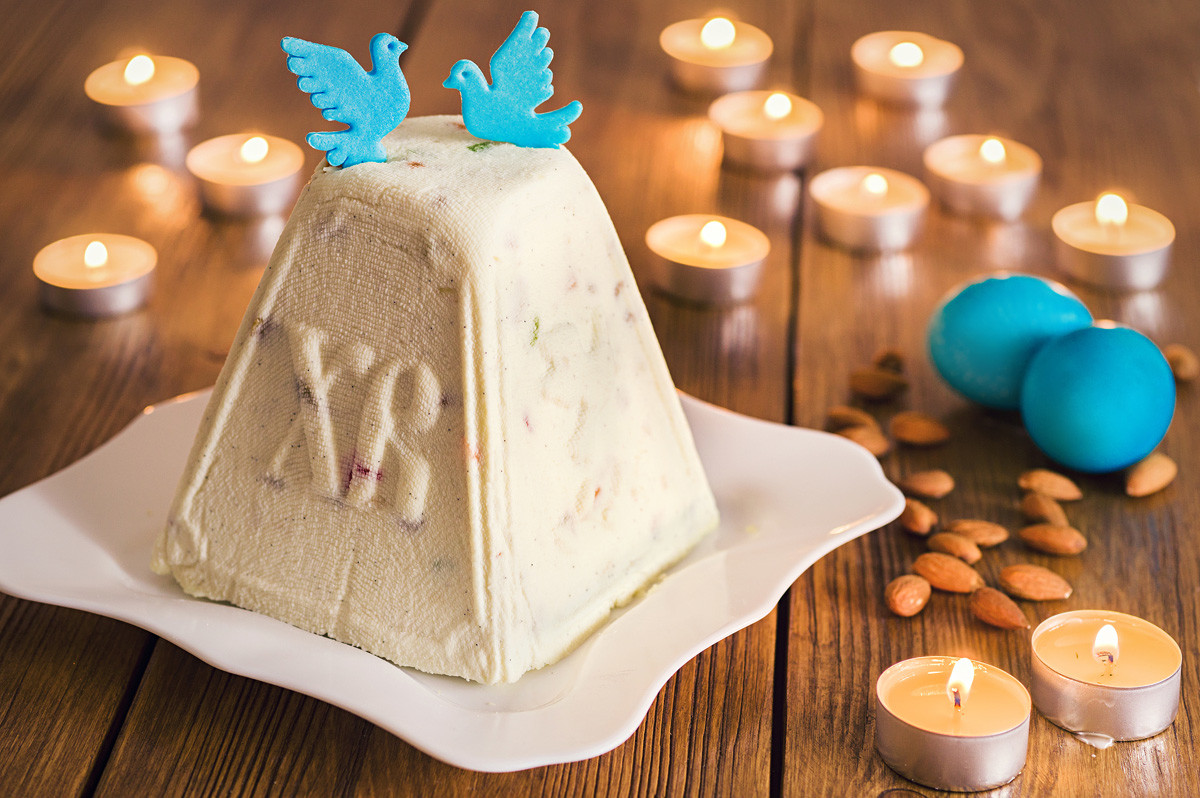
Paskha is a traditional dish made of tvorog (cottage cheese), usually prepared once a year at Easter time. The pyramid shape symbolizes the Holy Sepulcher, while the letters imprinted on the side stand for “Christ is Risen!” Paskha is prepared from cottage cheese, eggs, butter, cream, raisins, candied fruit, and nuts. Like traditional Easter cakes and eggs, it should be consecrated in a church before being served.
3. Vareniki (Curd dumplings)
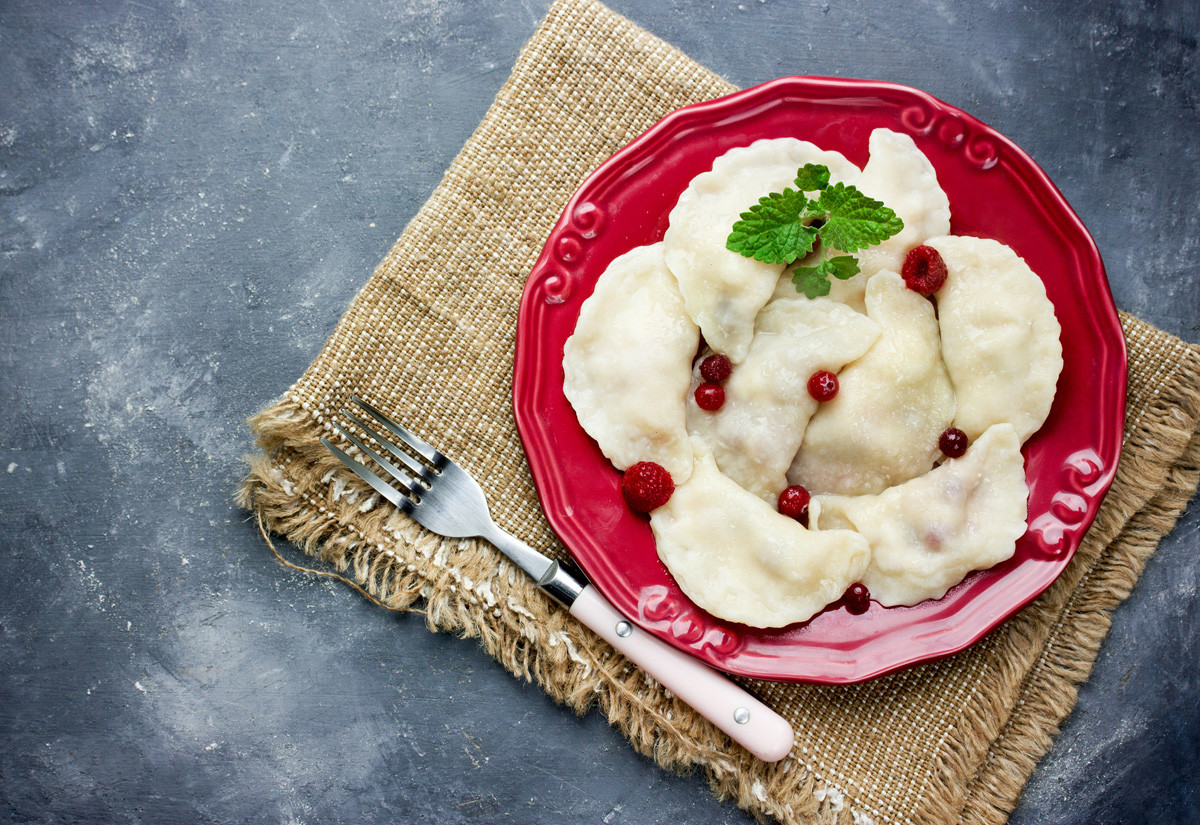
These cousins of pelmeni are filled with cottage cheese and egg yolk. Preparation is straightforward, but care needs to be taken not to boil for more than 3-4 minutes, otherwise they will fall apart. Served with butter, sour cream, or jam.
Read more: Vareniki: A blessing for vegetarians
4. Sochnik
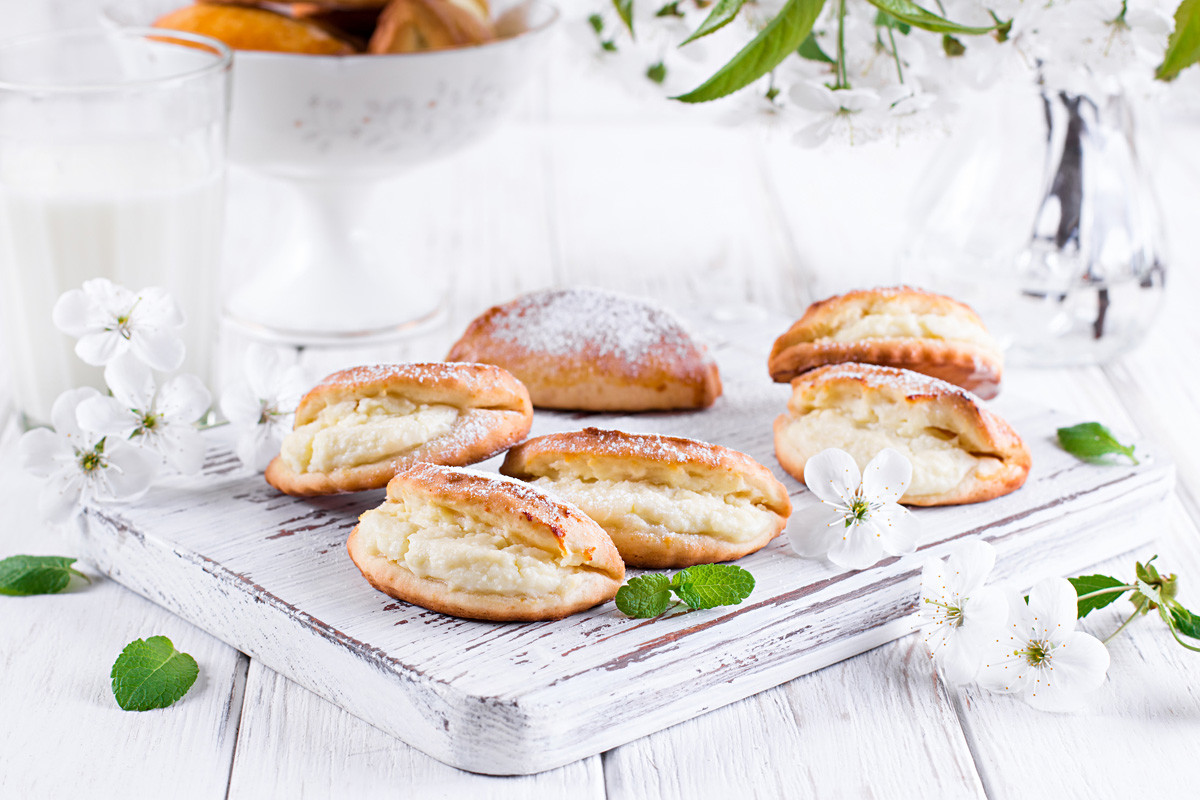
Soft pastry and tender curd filling are a combination familiar to many from Soviet childhood. In the 1980s, sochnik was found in almost every canteen.
5. Syrniki

Every Russian babushka knows how to cook the most delicious syrniki (curd pancakes) in the world. They believe that healthy grandchildren need to consume as many as possible, and who would argue. The ingredients are tvorog, eggs, sugar, and flour. The pancake batter is shaped and then roasted on both sides in vegetable oil; oven-baking in a muffin tray is another option.
6. Krupenik

An age-old pie made from cottage cheese and buckwheat or any other cereal (krupa in Russian, hence the name). Krupenik can be cooked for breakfast or as a main dish, since the buckwheat makes it quite nourishing. Usually served with sour cream or jam.
Read more: Krupenik: A light Russian pudding perfect for those who are dieting
7. “Goose Feet” pastries
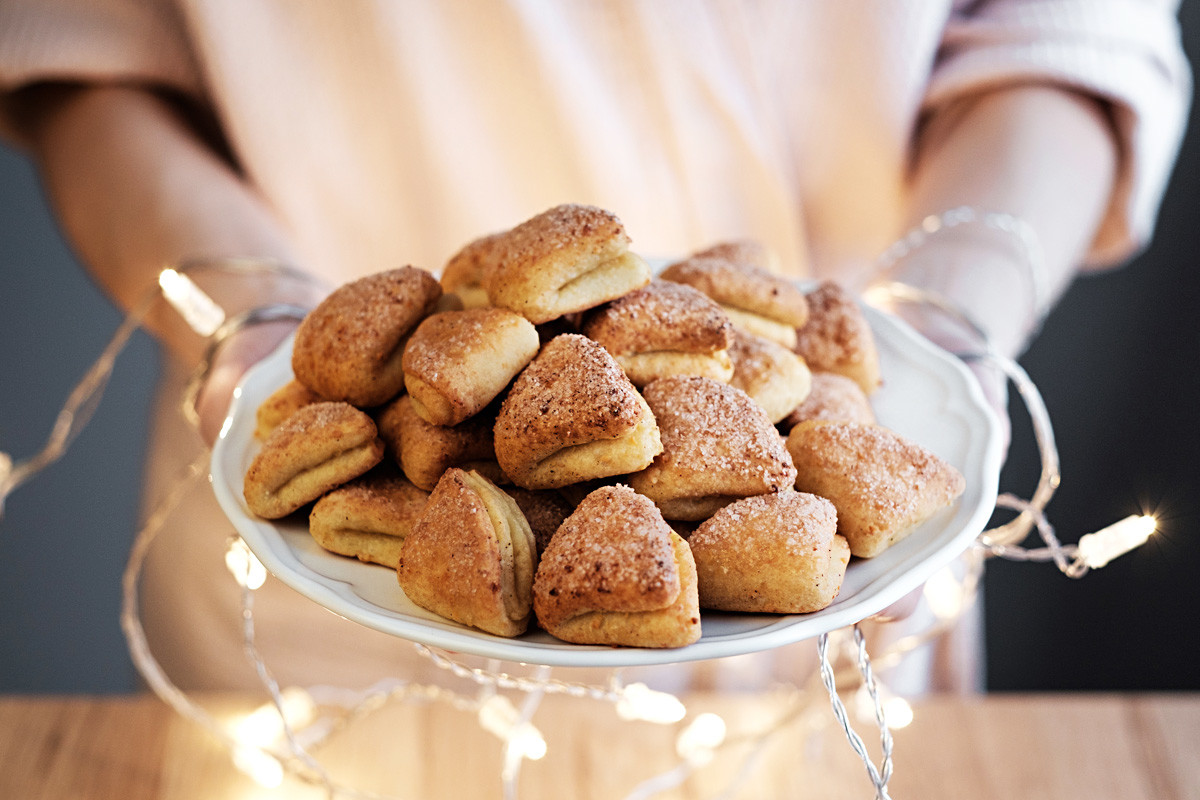
Crispy pastries with curd filling that melt in the mouth, ideally washed down with tea or a glass of warm milk. A plate of these will soon be empty. Only five ingredients are needed: tvorog, flour, baking powder, sugar, butter. The secret is to cut small circles out of the dough and fold twice until you get quarter-circles that resemble goose feet. See the detailed recipe here.
8. Glazed cottage cheese bites
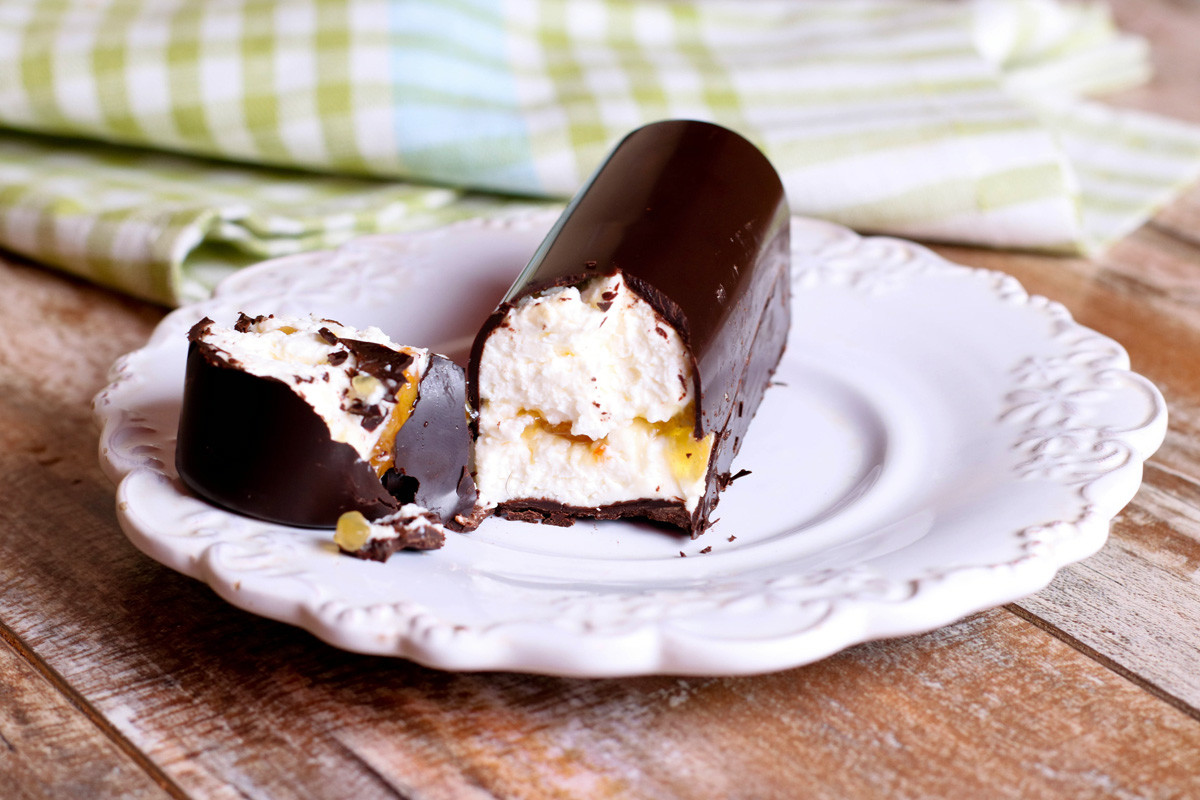
Chocolate-coated cottage cheese bites became popular in the USSR way back in the 1950s. It was a dessert that resembled ice-cream on a stick, but could be eaten even with a sore throat.
9. Vatrushki
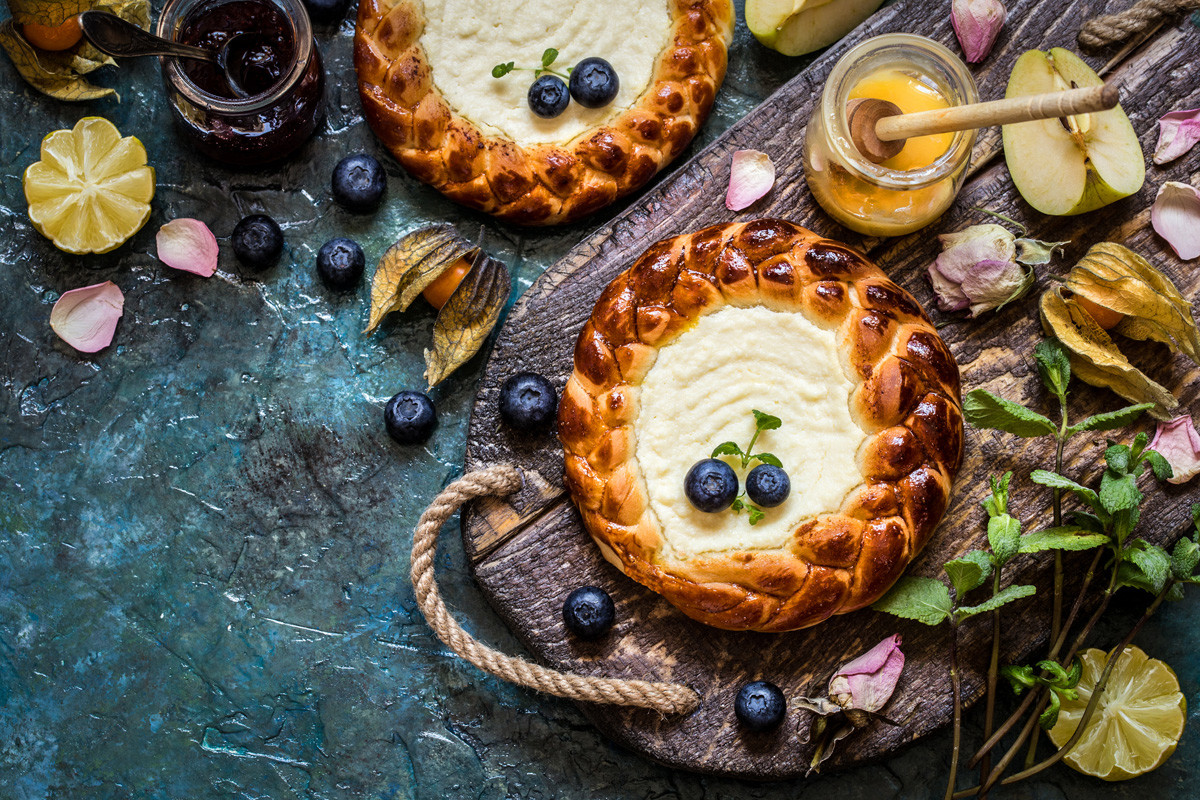
These round tarts with curd filling are very popular in East Slavic cuisine. Mashed potato or jam are less common fillings. The dough can vary, but is usually yeast-fermented, unleavened, or sweet pastry.
10. Tvorozhnik
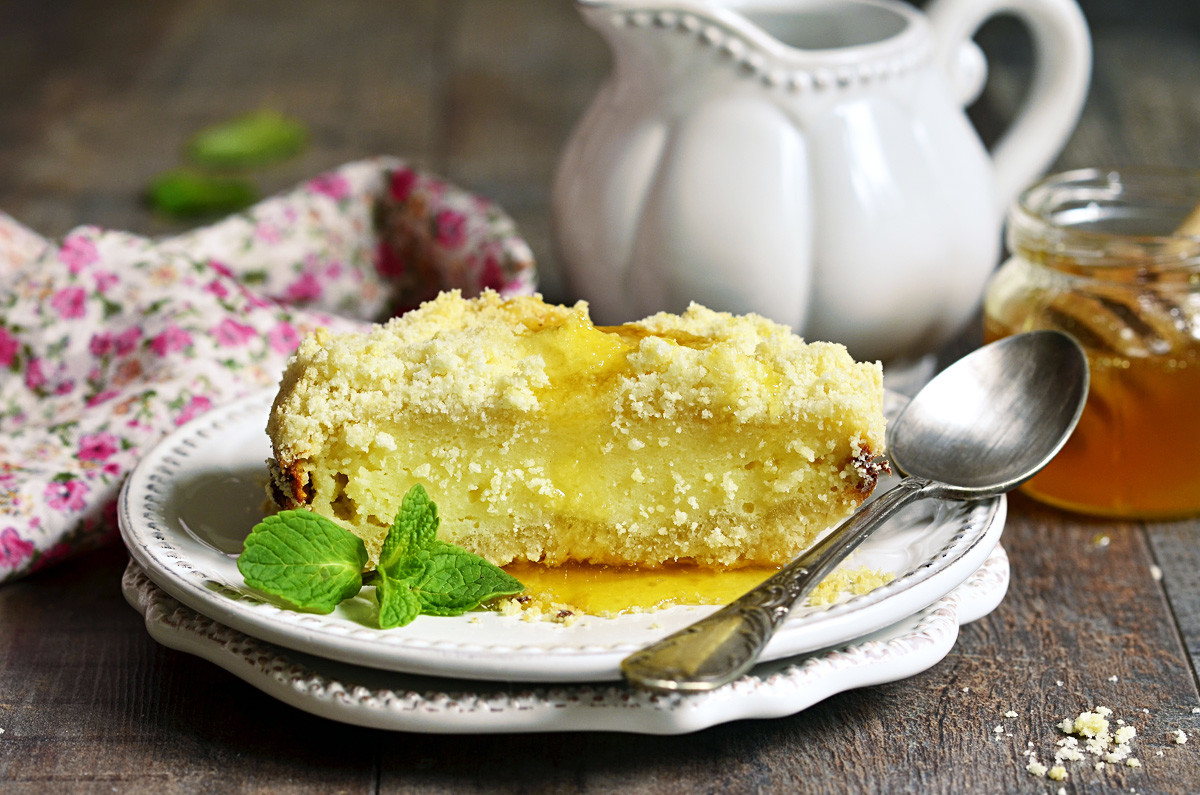
Tvorozhnik resembles American cheesecake or German käsekuchen. Russian curd cheesecake consists of a layer of tvorog plus a thin layer of dough, sometimes without the latter. Lemon zest, raisins, or candied fruit can be added to pep up the filling. See the detailed recipe here.
If using any of Russia Beyond's content, partly or in full, always provide an active hyperlink to the original material.
Subscribe
to our newsletter!
Get the week's best stories straight to your inbox